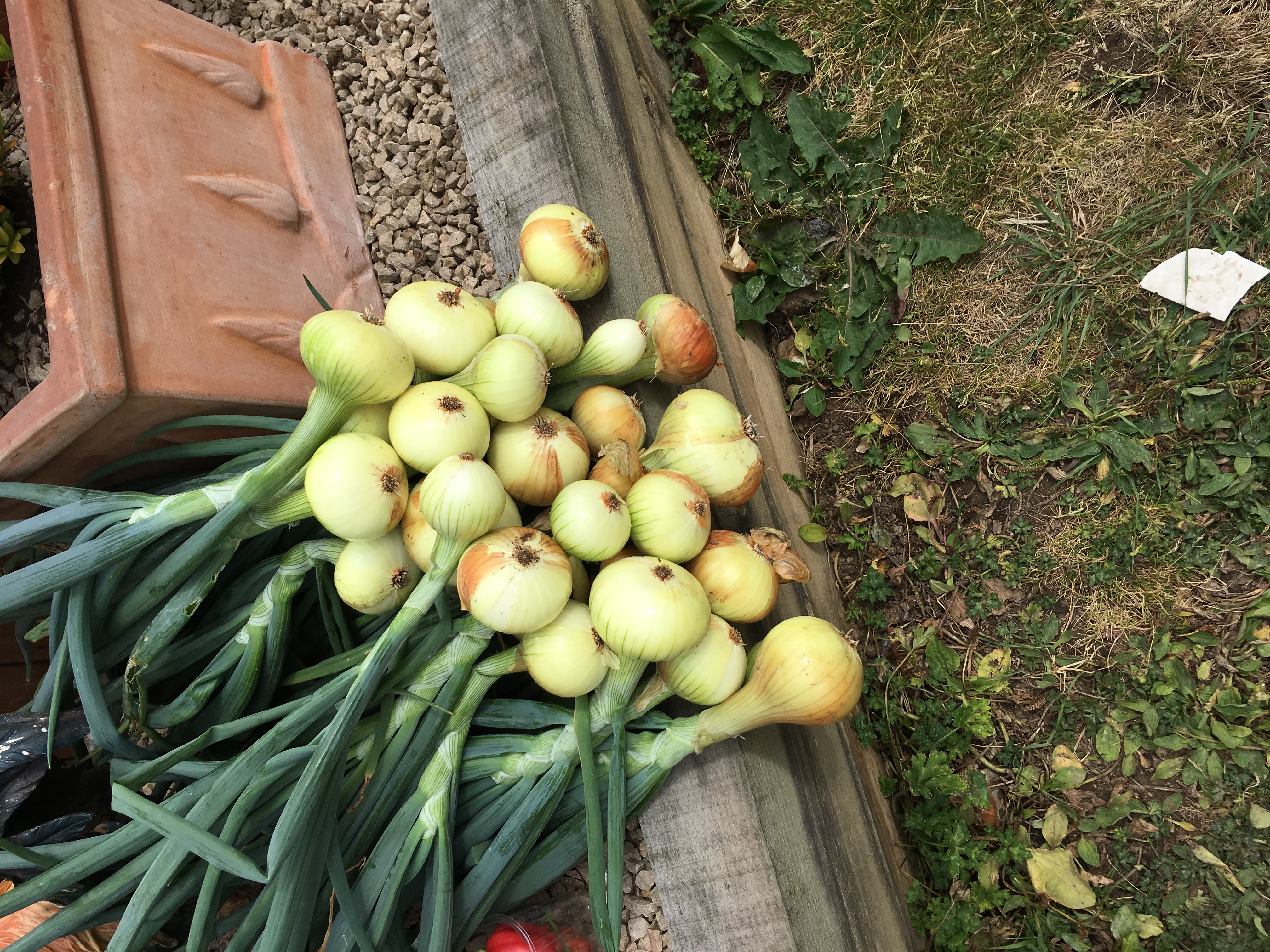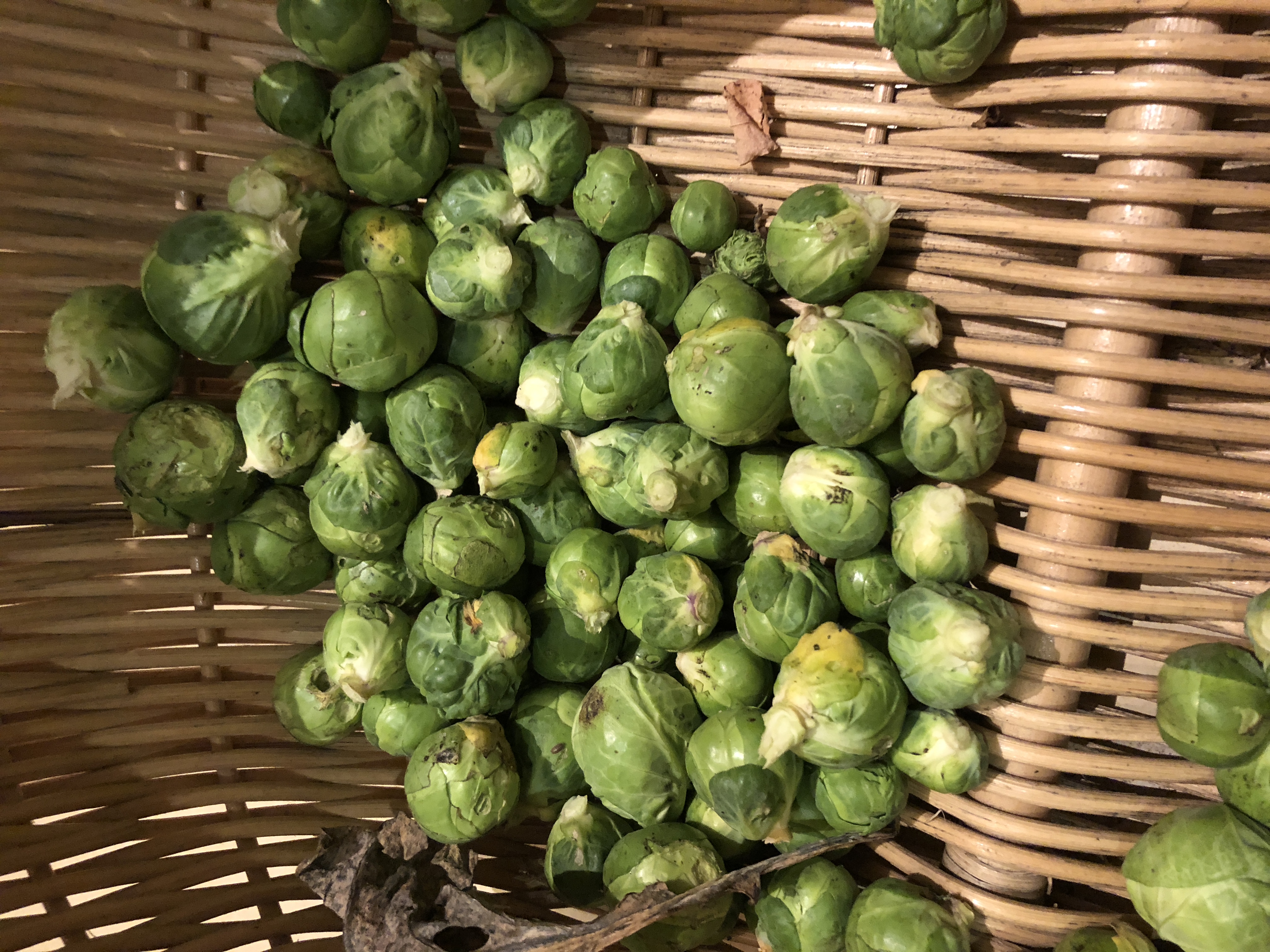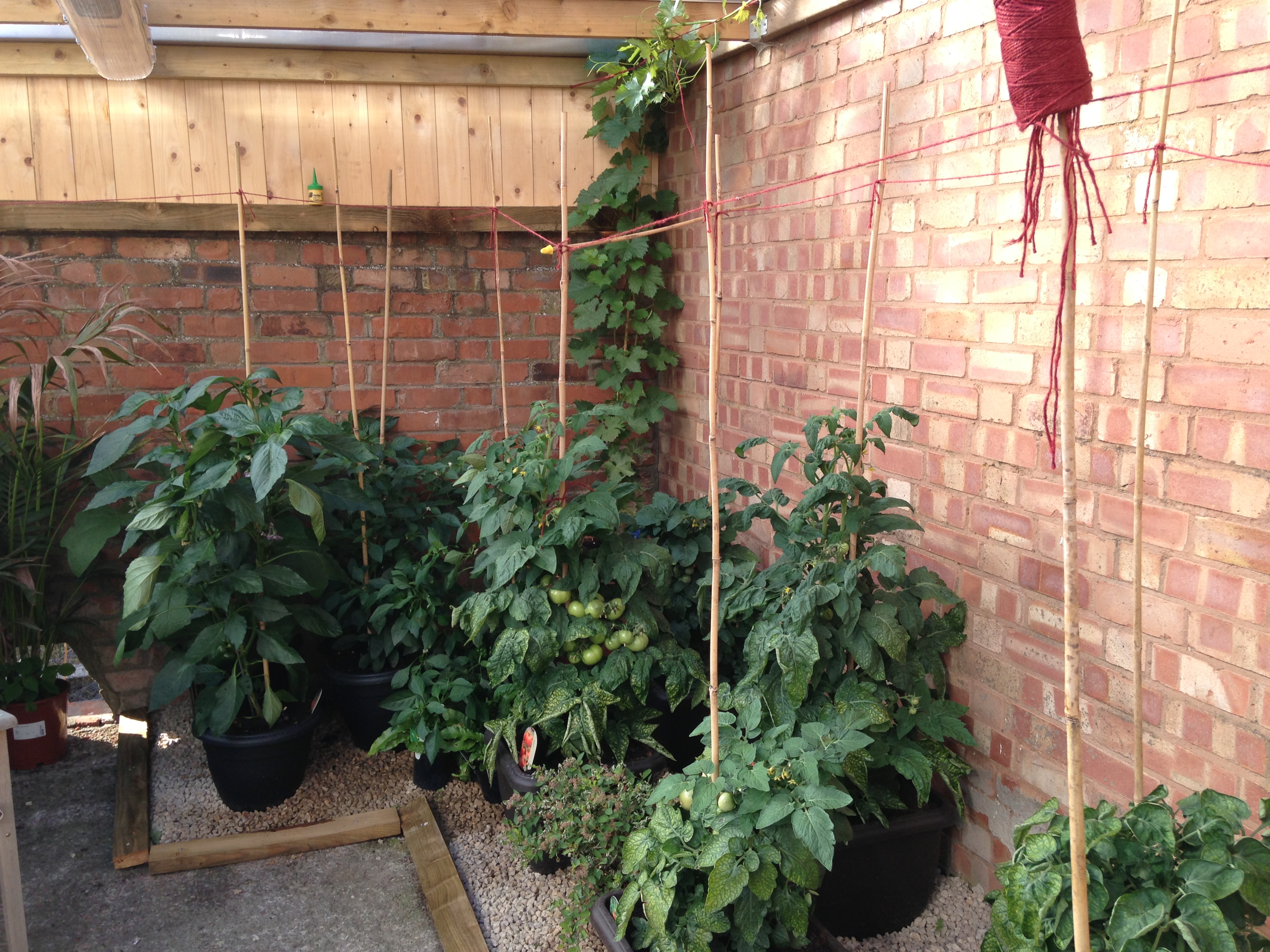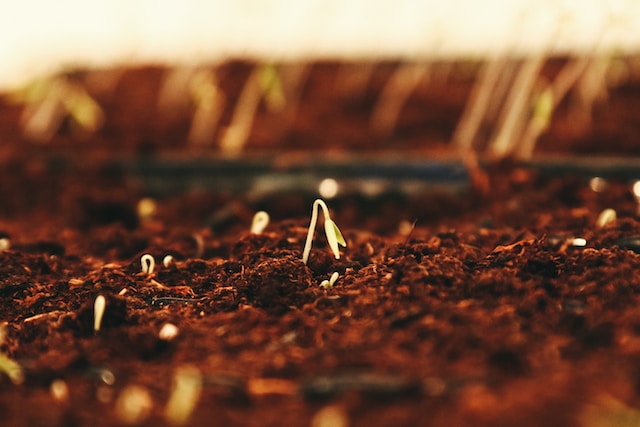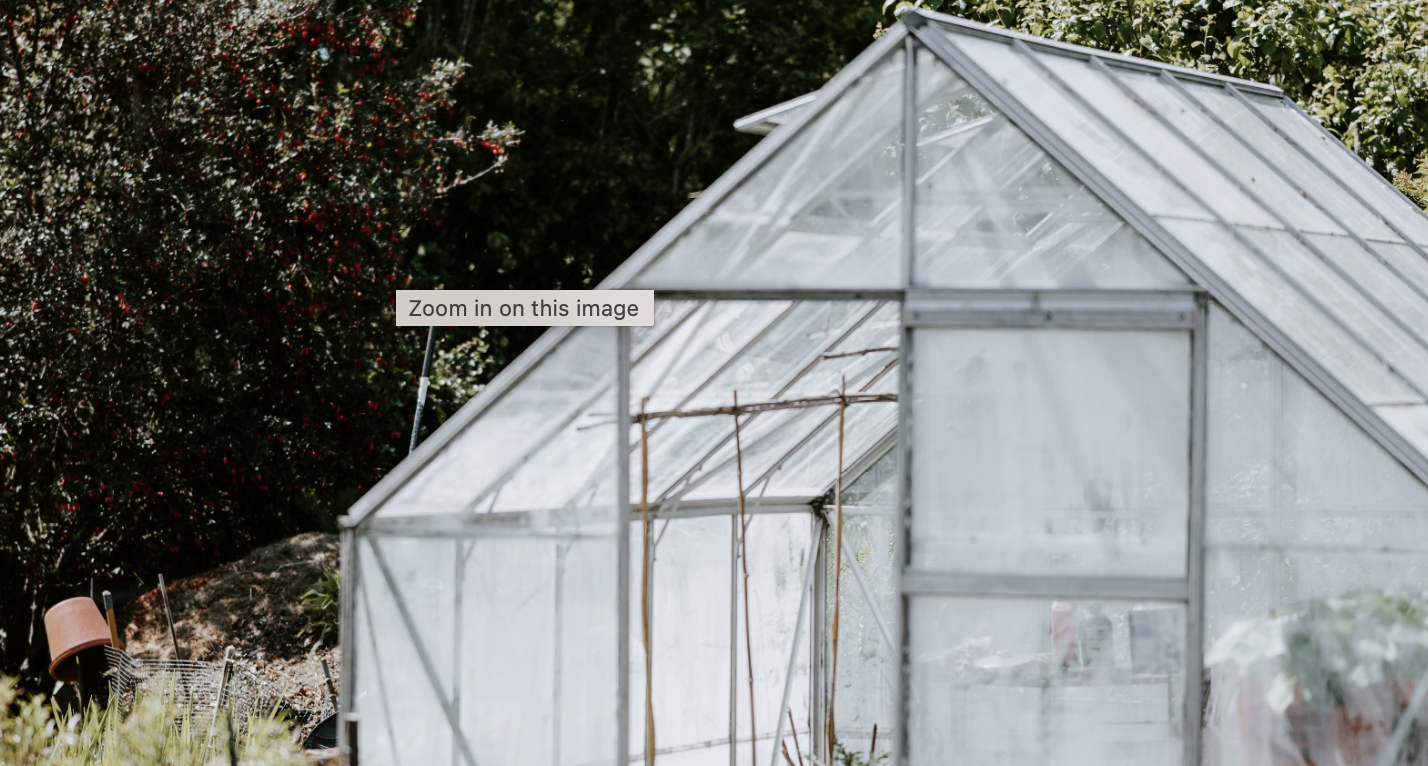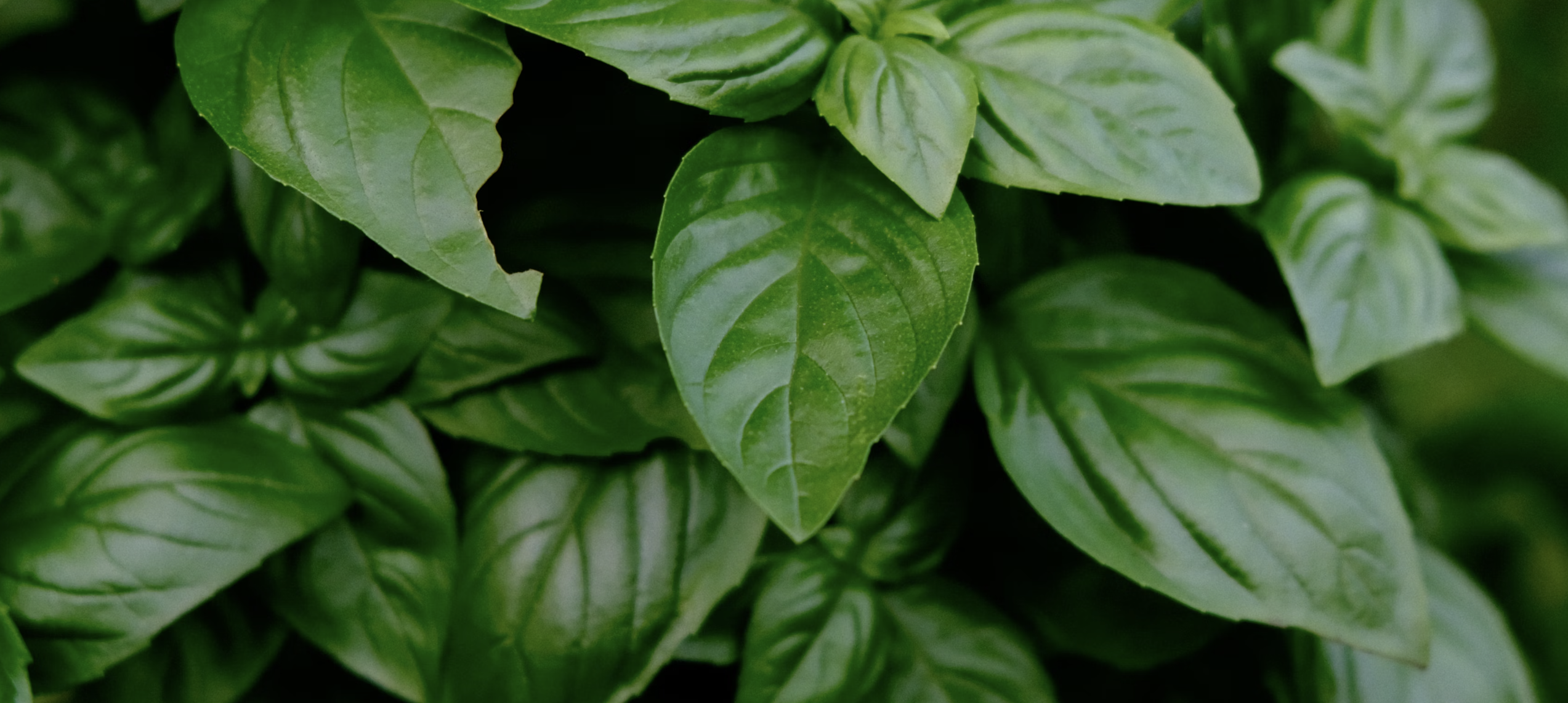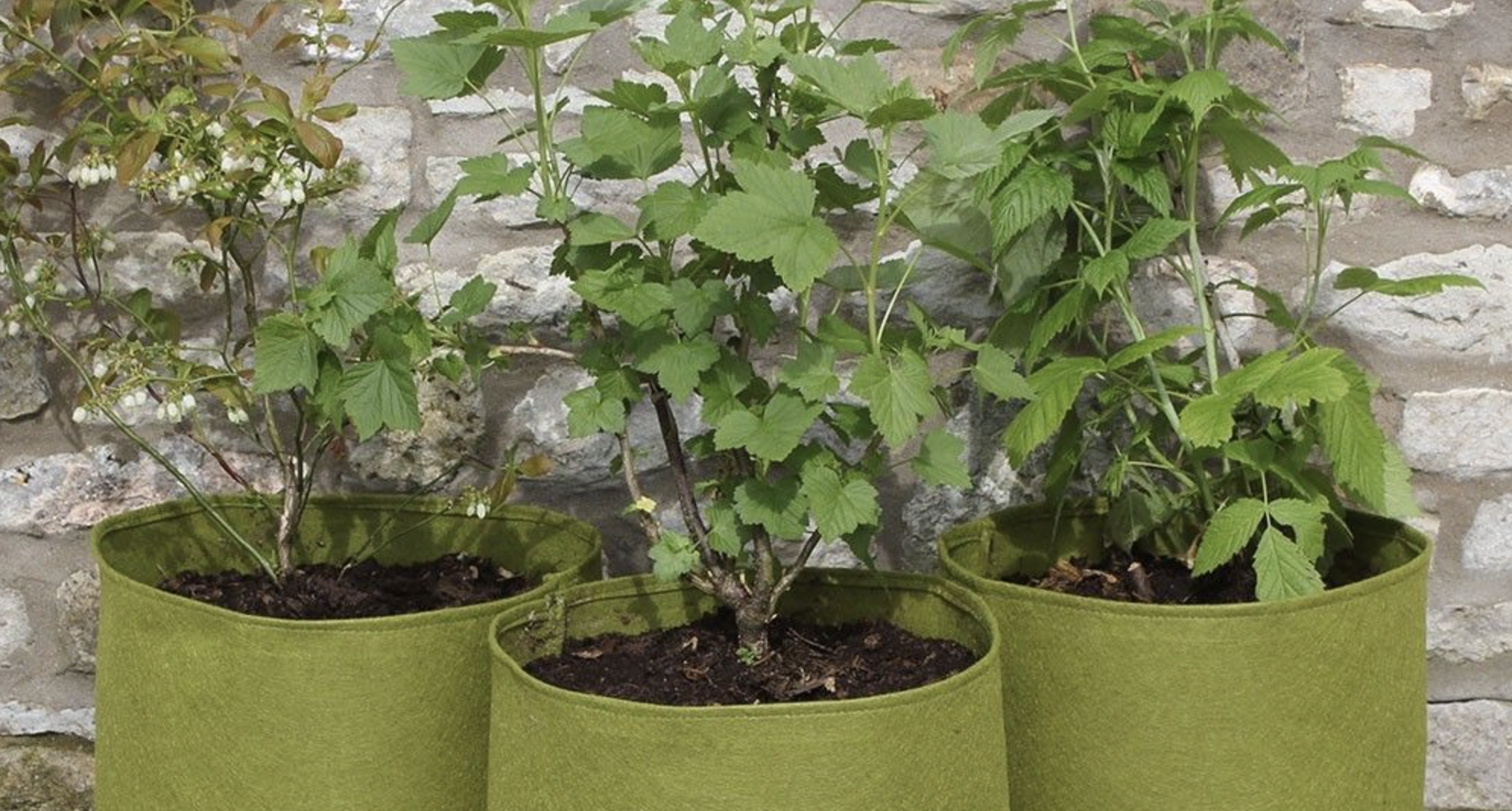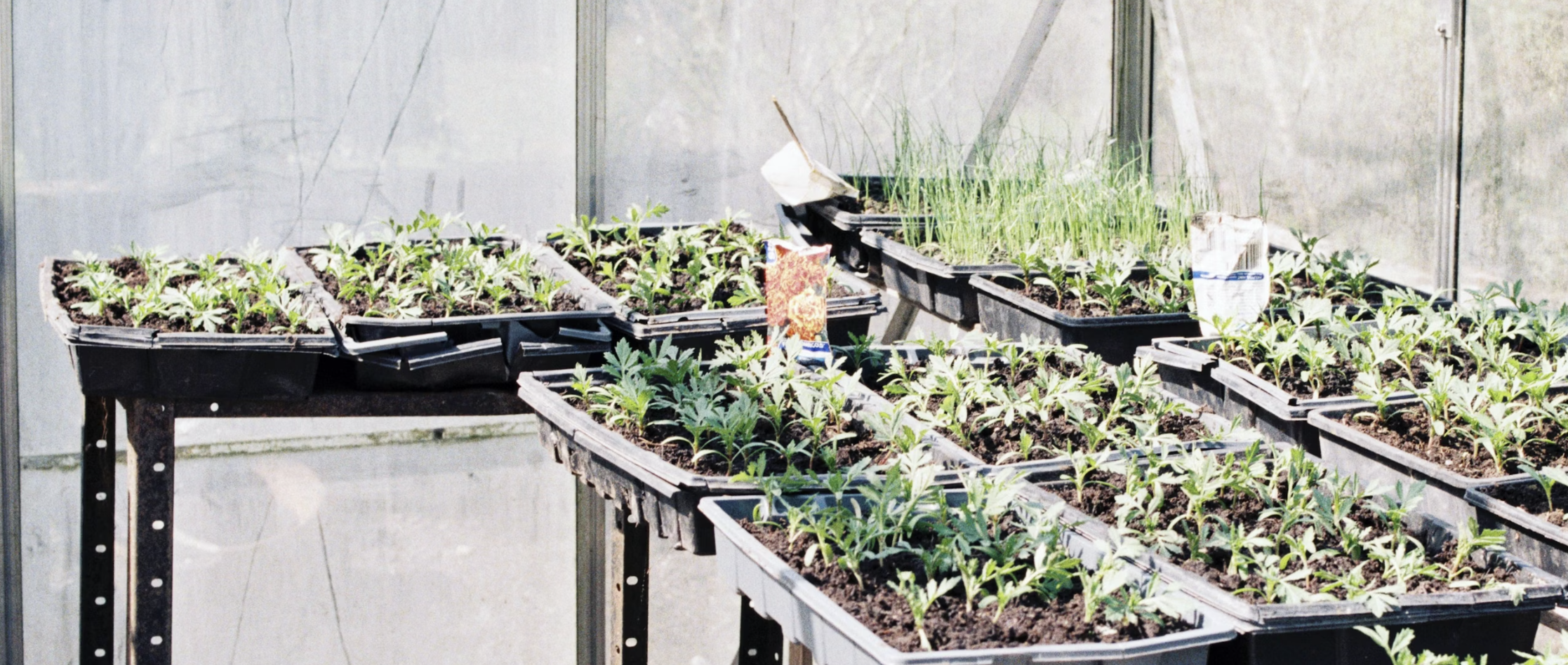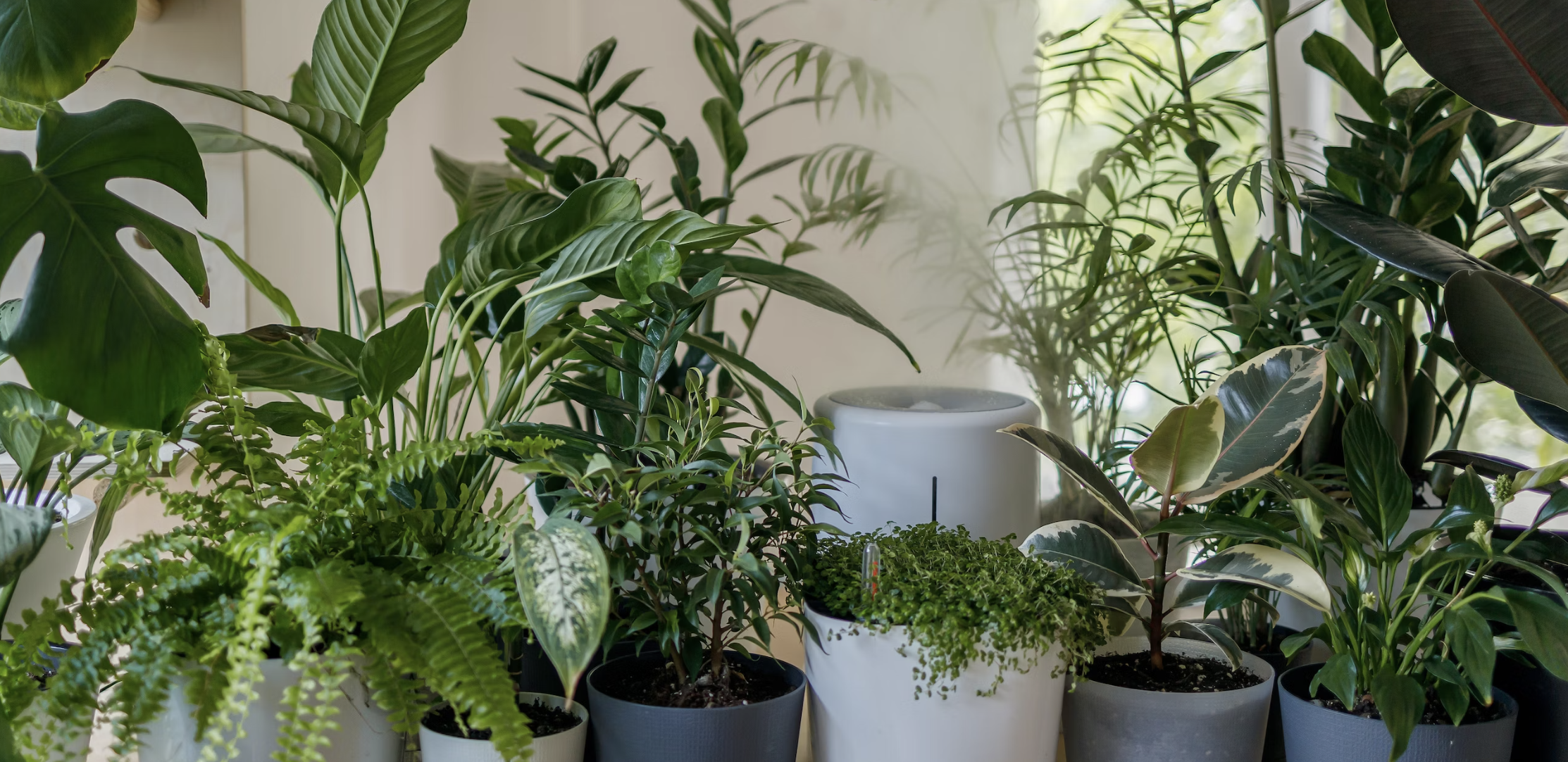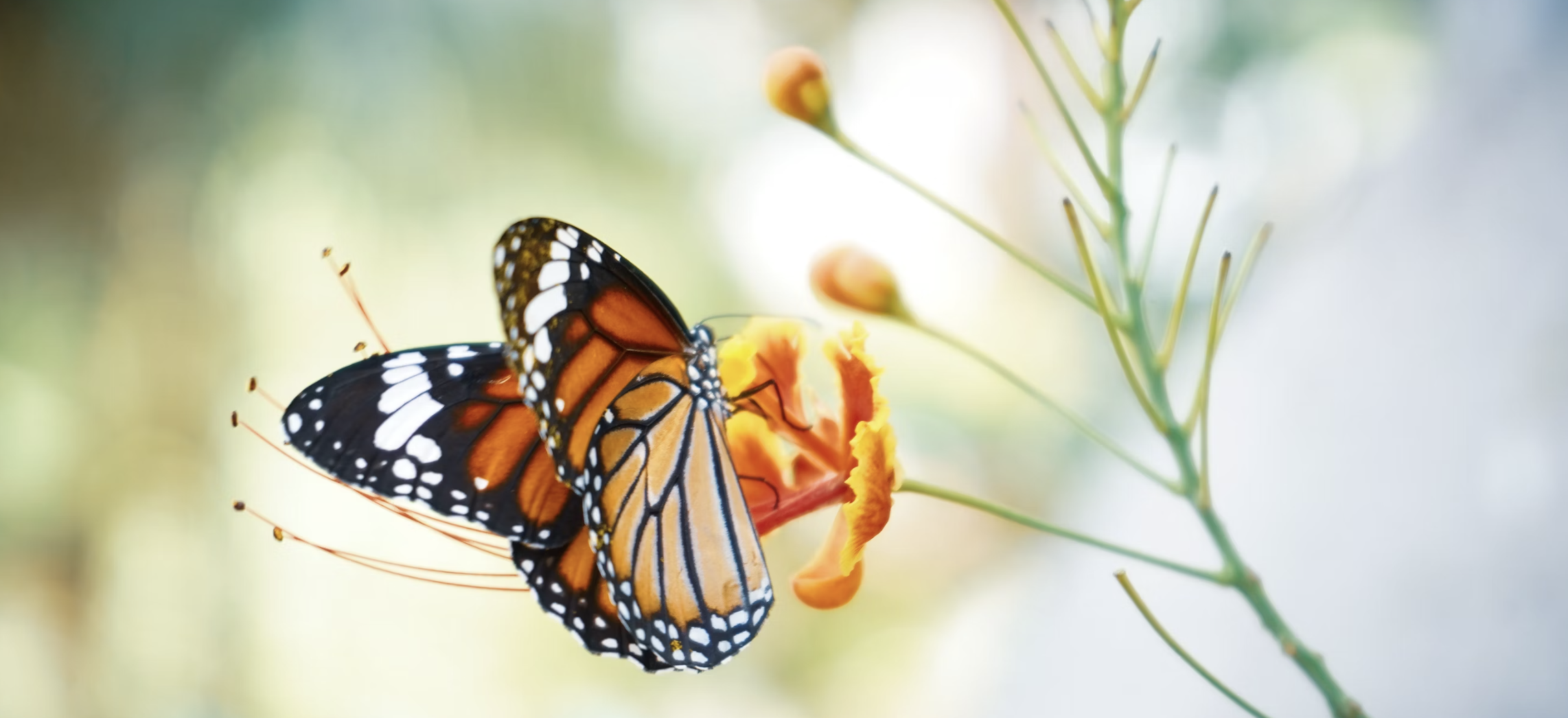
Are your beautiful flowers and delicious vegetables falling prey to pesky insects and birds? It's time to step up your gardening game with butterfly netting. With its fine mesh and durable construction, butterfly netting can protect your garden from unwanted visitors, allowing your plants to thrive.
Butterfly netting is not only effective against butterflies but also works wonders in keeping out other small pests like aphids, beetles, and caterpillars. It acts as a physical barrier, preventing them from reaching your plants and causing damage.
Installing butterfly netting is a breeze, and it can be easily customized to fit your garden's needs. Whether you have a small plot or a sprawling garden, you can cut the netting to the desired size and secure it using stakes or clips. Its lightweight design ensures that it doesn't weigh down your plants or interfere with their growth.
Say goodbye to ruined crops and hello to thriving garden beds. With butterfly netting, you can protect your garden and enjoy bountiful harvests all season long. So, why wait? Take your gardening to the next level with butterfly netting today.
The importance of protecting your garden
Are your beautiful flowers and delicious vegetables falling prey to pesky insects and birds? It's time to step up your gardening game with butterfly netting. With its fine mesh and durable construction, butterfly netting can protect your garden from unwanted visitors, allowing your plants to thrive.
Butterfly netting is not only effective against butterflies but also works wonders in keeping out other small pests like aphids, beetles, and caterpillars. It acts as a physical barrier, preventing them from reaching your plants and causing damage.
Installing butterfly netting is a breeze, and it can be easily customized to fit your garden's needs. Whether you have a small plot or a sprawling garden, you can cut the netting to the desired size and secure it using stakes or clips. Its lightweight design ensures that it doesn't weigh down your plants or interfere with their growth.
Say goodbye to ruined crops and hello to thriving garden beds. With butterfly netting, you can protect your garden and enjoy bountiful harvests all season long. So, why wait? Take your gardening to the next level with butterfly netting today.
What is butterfly netting and how does it work?
Protecting your garden from pests and unwanted visitors is crucial for maintaining the health and productivity of your plants. Insects like aphids, beetles, and caterpillars can quickly infest your garden, causing damage to leaves, stems, and fruits. Birds, on the other hand, can feast on your ripening fruits and vegetables, leaving you with nothing to harvest.
By using butterfly netting, you create a physical barrier that prevents pests and birds from accessing your plants. This not only protects your crops but also reduces the need for chemical pesticides, making your garden more environmentally friendly.
Benefits of using butterfly netting in your garden
Butterfly netting, also known as garden netting or insect netting, is a fine mesh fabric made from durable materials like nylon or polyethylene. The mesh is tightly woven, allowing air and sunlight to pass through while keeping insects and birds out.
The netting works by creating a physical barrier between your plants and pests. The small mesh size prevents even the tiniest insects from getting through, ensuring that your plants remain pest-free. At the same time, the netting is lightweight and flexible, allowing your plants to grow without any restrictions.
Butterfly netting can be draped over plants or used to create a complete enclosure around your garden beds. It can also be used to cover individual plants or rows, depending on your specific needs. Its versatility makes it a valuable tool for any gardener looking to protect their crops.
Different types of butterfly netting
Using butterfly netting in your garden offers several benefits that can greatly enhance your gardening experience. Here are some of the key advantages:
1. Pest Protection
The primary benefit of butterfly netting is its ability to protect your garden from pests. The fine mesh acts as a barrier, preventing insects and birds from reaching your plants. This reduces the risk of damage to leaves, flowers, and fruits, allowing your plants to thrive.
2. Chemical-Free Pest Control
By using butterfly netting, you can significantly reduce or eliminate the need for chemical pesticides. Traditional pest control methods often involve the use of toxic chemicals that can harm beneficial insects and contaminate the environment. Butterfly netting offers a natural and eco-friendly alternative, ensuring that your garden remains free from pests without compromising the ecosystem.
3. Increased Crop Yields
When your plants are protected from pests, they can grow and produce fruits and vegetables without hindrance. Butterfly netting allows your plants to reach their full potential, resulting in higher crop yields. You can enjoy a bountiful harvest and have more fresh produce to enjoy or share with others.
4. Extended Growing Season
Butterfly netting can also extend your growing season by providing a microclimate for your plants. The netting acts as a shield against cold temperatures and harsh weather conditions, allowing you to start planting earlier in the spring and continue growing later into the fall. This means more time to enjoy fresh, homegrown produce.
5. Protection from Sun Damage
In addition to protecting your plants from pests, butterfly netting can also provide shade and protect them from excessive sunlight. Some delicate plants can be easily damaged by intense sunlight, causing wilting or scorching. By using netting, you can create a shaded area that helps regulate temperature and prevents sunburn.
How to choose the right butterfly netting for your garden
There are several types of butterfly netting available, each with its own unique features and benefits. Here are some of the most common types:
1. Standard Mesh Netting
Standard mesh netting is the most basic and widely used type of butterfly netting. It typically has a mesh size of around 0.5 to 1.5 millimeters, which is small enough to keep out most insects. This type of netting is suitable for general pest protection and can be used to cover entire garden beds or individual plants.
2. Fine Mesh Netting
Fine mesh netting, also known as ultrafine mesh netting, has a smaller mesh size than standard netting. It usually has a mesh size of less than 0.5 millimeters, making it highly effective against even the smallest insects. Fine mesh netting is ideal for protecting delicate plants or crops that are particularly susceptible to pests.
3. Bird Netting
Bird netting is specifically designed to keep birds out of your garden. It has a larger mesh size compared to insect netting, typically around 12 to 25 millimeters. The larger mesh allows air and sunlight to pass through while preventing birds from reaching your plants. Bird netting is an excellent choice if you have issues with birds feasting on your fruits or vegetables.
4. Floating Row Covers
Floating row covers are lightweight fabrics that can be draped directly over your plants. They create a protective barrier against insects while allowing air, sunlight, and water to pass through. Floating row covers are often used to extend the growing season and protect plants from cold temperatures. They are easy to install and can be customized to fit any garden bed size.
Installing and maintaining butterfly netting
When choosing butterfly netting for your garden, there are several factors to consider. Here are some tips to help you make the right choice:
1. Mesh Size
The mesh size of the netting determines the size of pests it can keep out. If you are dealing with small insects like aphids or beetles, a smaller mesh size is recommended. For larger pests like birds, a larger mesh size will be more effective. Consider the pests you are dealing with and choose a mesh size accordingly.
2. Material
Butterfly netting is available in different materials, with nylon and polyethylene being the most common. Nylon netting is more durable and resistant to UV rays, making it suitable for long-term use. Polyethylene netting, on the other hand, is more affordable and lightweight. Consider the durability and longevity you require for your specific gardening needs.
3. Size and Coverage
Determine the size of your garden beds or the specific plants you want to protect. Measure the area and choose netting that can cover the entire space. If you have multiple smaller plants, consider using individual netting covers. Ensure that the netting is large enough to provide adequate coverage without restricting the growth of your plants.
4. Ease of Installation and Maintenance
Look for netting that is easy to install and maintain. Some netting comes with built-in grommets or clips for easy attachment to stakes or frames. Consider how often you will need to access your plants and choose netting that allows for easy entry and resealing.
Tips for using butterfly netting effectively
Installing butterfly netting is a simple process that can be done in a few easy steps. Here's how to install and maintain your netting effectively:
1. Measure and Cut
Measure the area you want to cover with netting and cut the netting to the desired size. Ensure that you have enough netting to cover the entire space without leaving any gaps.
2. Secure the Edges
Secure the edges of the netting using stakes, clips, or weights. This will prevent pests from crawling under the netting and accessing your plants. Make sure the netting is taut but not too tight to allow for plant growth.
3. Create Access Points
Create access points in the netting for easy entry and maintenance. This can be done by folding back a section of the netting and securing it with clips or ties. Consider the height of your plants and create access points at appropriate intervals.
4. Regular Inspections
Regularly inspect your netting for any tears or damage. Repair any holes immediately to maintain the effectiveness of the netting. Inspect the edges and ensure that they are securely attached to prevent pests from sneaking in.
5. Proper Storage
When not in use, store your netting in a dry and clean area to prevent damage and prolong its lifespan. Avoid folding or storing the netting in a way that could cause creases or tears.
Common mistakes to avoid when using butterfly netting
To maximize the effectiveness of your butterfly netting, here are some tips to keep in mind:
1. Regular Monitoring
Keep an eye on your plants and monitor for any signs of pests. Early detection allows you to take action before the pests cause significant damage. Inspect the netting regularly for tears or gaps that need to be repaired.
2. Timely Harvesting
Harvest your crops in a timely manner to prevent overripe fruits and vegetables from attracting pests. Remove any fallen or decaying produce from the garden bed to minimize the risk of pests infesting your plants.
3. Proper Ventilation
Ensure that your plants have adequate ventilation even with the netting in place. Good airflow is essential for plant health and helps prevent the buildup of moisture that can lead to disease.
4. Use Companion Planting
Consider using companion planting techniques to further enhance pest control in your garden. Certain plants, like marigolds or basil, have natural insect-repelling properties and can help deter pests. Plant them alongside your vulnerable crops to create a natural barrier against pests.
5. Combine with Other Pest Control Methods
While butterfly netting is highly effective, it can be even more powerful when combined with other pest control methods. For example, you can use organic insecticides or biological controls to target specific pests that may still manage to bypass the netting.
Other methods for attracting butterflies to your garden
When using butterfly netting, it's important to avoid common mistakes that can compromise its effectiveness. Here are some mistakes to watch out for:
1. Insufficient Anchoring
Ensure that the netting is properly anchored to the ground or secured to frames. If the netting is loose or not properly secured, pests can find their way in through gaps or lifted edges.
2. Neglecting Maintenance
Regularly inspect and maintain your netting to ensure it remains intact and functional. Repair any damage promptly and replace worn-out netting as needed.
3. Poor Ventilation
While it's essential to protect your plants with netting, it's equally important to provide adequate ventilation. Poor airflow can lead to excessive moisture buildup and plant diseases. Ensure that the netting is not too tightly sealed, allowing for proper airflow.
4. Ignoring Access Points
Create access points in your netting to allow for easy entry and maintenance. Ignoring access points can make it difficult to tend to your plants and may result in damage to the netting when trying to access them.
5. Using the Wrong Mesh Size
Choosing the wrong mesh size can render the netting ineffective against certain pests. Consider the size of the pests you are dealing with and choose netting with an appropriate mesh size.
Conclusion: Enhance your gardening experience with butterfly netting
While butterfly netting is primarily used for pest control, you can also use it in conjunction with other methods to attract butterflies to your garden. Here are some additional techniques to consider:
1. Plant Butterfly-Friendly Flowers
Planting flowers that attract butterflies is a great way to create a welcoming environment for these beautiful insects. Choose nectar-rich flowers like lavender, coneflowers, and zinnias. These flowers provide a food source for adult butterflies and also act as host plants for their caterpillars.
2. Provide Shelter and Water
Butterflies need sheltered areas to rest and seek protection from predators. Create butterfly-friendly habitats by adding shrubs, trees, or butterfly houses to your garden. Additionally, provide shallow dishes of water or a small birdbath for butterflies to drink from.
3. Avoid Pesticides
Pesticides can be harmful to butterflies and other beneficial insects. Minimize or eliminate the use of chemical pesticides in your garden to create a safe and inviting space for butterflies.
4. Create Sunspots
Butterflies are attracted to sunny areas where they can bask and warm their wings. Ensure that your garden has open spaces with plenty of sunlight for butterflies to enjoy.
5. Add Butterfly Feeders
If you want to supplement the natural food sources available in your garden, consider adding butterfly feeders. These feeders contain a mixture of sugar water or fruit juice that butterflies can feed on.




